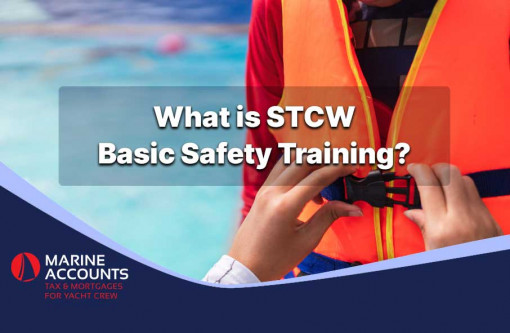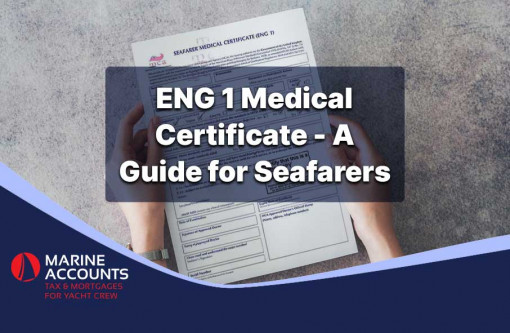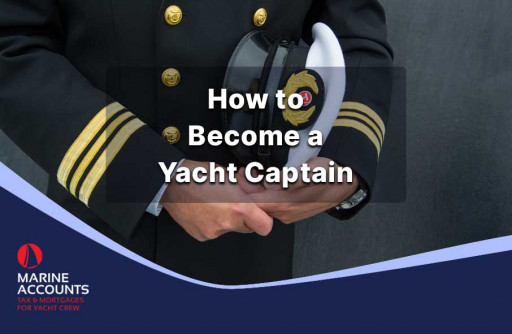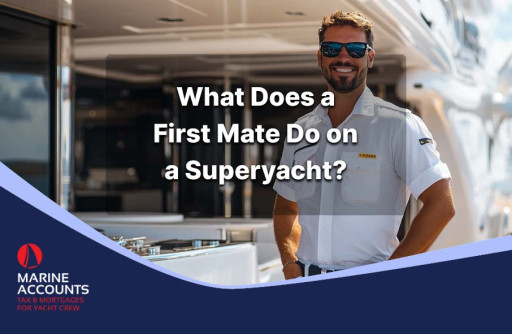What Does a Second Mate Do on a Superyacht?
- Authors
-
-

- Name
- Patrick Maflin
-
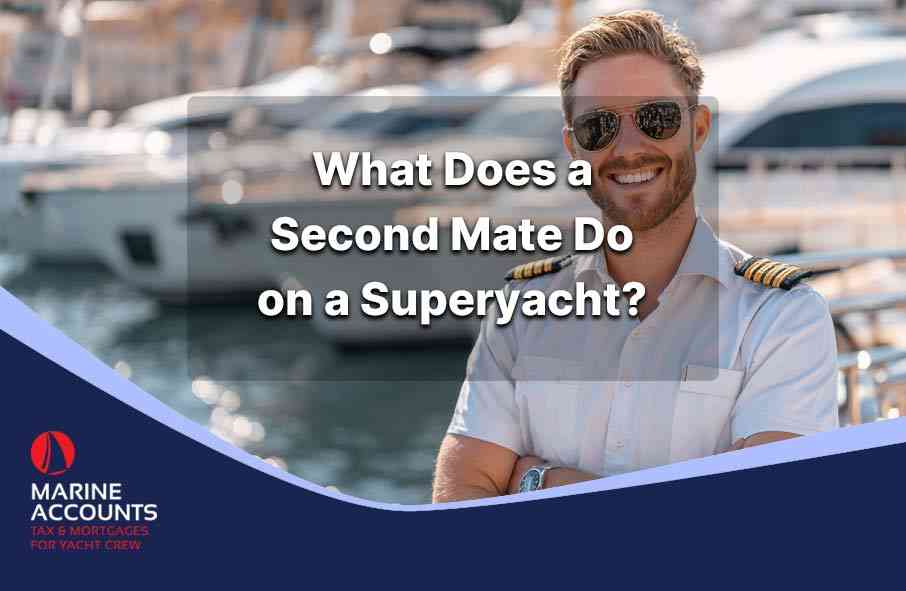
A second mate on a superyacht is responsible for navigation, watchkeeping, safety systems, and ensuring smooth daily operations under the direction of the chief officer.
Chapters
- What is a Second Mate (Second Officer)?
- What Does a Second Mate Do on a Yacht?
- Second Mate Qualifications
- How to Become a Second Mate on a Yacht
- How Much Does a Second Mate Earn?
- Does a Second Mate Working on a Yacht Pay Income Tax?
- Conclusion
What is a Second Mate (Second Officer)?
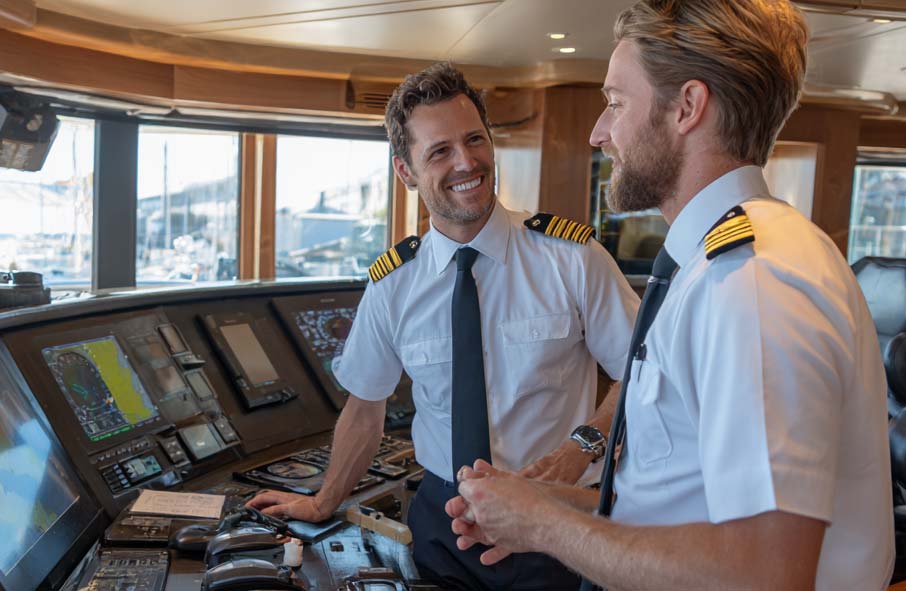
A second mate, also known as a second officer, is a licensed deck officer who plays a crucial role in the bridge team aboard a superyacht.
Reporting directly to the chief officer and ultimately the captain, the second mate ensures the safe navigation of the vessel, manages communication systems, oversees safety equipment, and often serves as the yacht’s medical officer.
In the commercial and merchant navy worlds, the role is well established with standardised duties.
On a superyacht, however, the second mate’s responsibilities can vary depending on the vessel's size, its flag state, and the makeup of the deck crew.
Despite this variation, the core focus remains the same:
- operational safety
- navigation
- supporting the efficient running of the yacht
What Does a Second Mate Do on a Yacht?
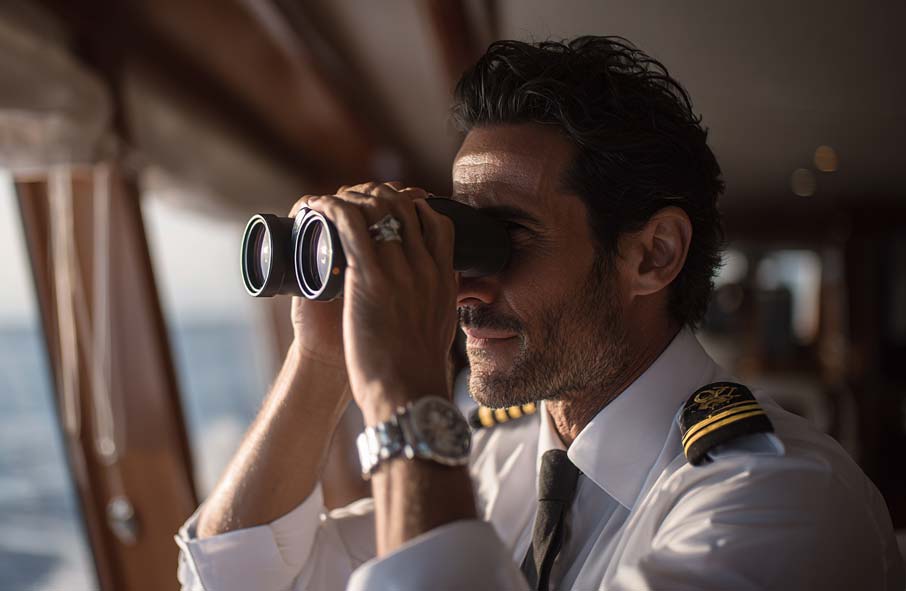
A second mate’s role encompasses a wide range of bridge-based and safety-related responsibilities:
Navigation
Navigation is arguably the second mate’s most critical duty.
They are responsible for voyage planning, chart work, updating nautical publications, and plotting safe routes in accordance with the yacht’s itinerary.
On larger yachts undertaking international travel, the second mate will ensure that all navigational systems are up to date and that electronic charts (ECDIS) are corrected and ready for each leg of the journey.
Watchkeeping
The second mate typically stands a navigation watch, often from 12:00–16:00 and 00:00–04:00.
During these shifts, they are in command of the bridge, monitoring the vessel's position, weather conditions, and nearby traffic.
They must remain vigilant to avoid collisions, follow the planned route, and comply with international maritime regulations.
Safety Equipment
Maintaining and inspecting the yacht’s life-saving and firefighting appliances falls under the second mate’s remit.
This includes ensuring liferafts, lifejackets, fire extinguishers, emergency beacons, and breathing apparatus are operational, correctly stored, and serviced according to the yacht’s safety management system.
Communications
The second mate handles the yacht’s marine VHF radio and satellite communications.
This includes using GMDSS (Global Maritime Distress and Safety System) equipment, managing distress signals, and ensuring compliance with flag-state and international radio regulations.
Traffic Management
When navigating congested waters or entering port, the second mate assists in managing marine traffic and coordinating with harbours, marinas, or pilots.
They also play a key role in implementing safe manoeuvres and relaying navigation instructions to the helmsman.
Emergencies
During drills or real emergencies, the second mate executes the ship's emergency procedures.
This includes fire, man overboard, abandon ship, or collision scenarios.
They often lead emergency teams and ensure crew are trained for rapid, coordinated response.
Cargo Operations
While superyachts do not carry cargo in the commercial sense, the second mate may be involved in managing tenders, water toys, stores, and guest provisions - ensuring these are loaded, secured, and accounted for safely.
Medical Officer
On many vessels, especially those without a dedicated yacht nurse, the second mate serves as the vessel’s medical officer.
They are trained in advanced first aid and may be responsible for administering treatment, managing medical supplies, and liaising with shore-based medical professionals in an emergency.
Second Mate Qualifications
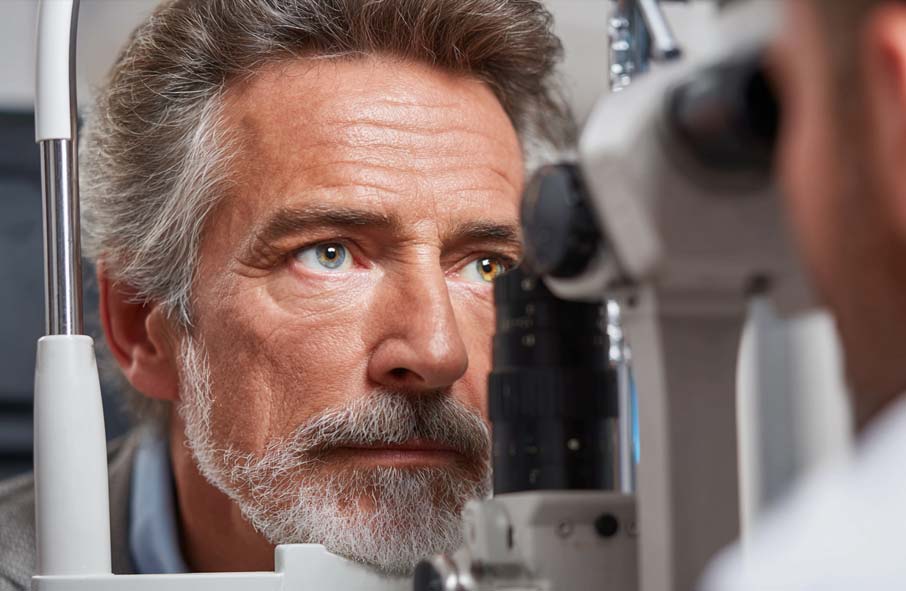
To work as a second mate on a superyacht, a candidate must meet several training, certification, and experience requirements:
Merchant Navy Training Board (MNTB) Cadetship
Many second mates come from a Merchant Navy background, completing a cadetship programme approved by the MNTB.
This involves academic study and practical sea time, giving cadets the foundation to move into commercial or yacht-based officer roles.
Certificate of Competency (CoC)
To serve as a second officer, a valid Officer of the Watch (OOW) Certificate of Competency is usually required.
For larger yachts over 3,000 GT, higher CoCs such as Chief Mate or Master 3000 may also be relevant depending on the vessel’s structure.
Certifications in Navigation & Safety Management
Specialist training in radar operation, electronic chart systems (ECDIS), GMDSS, bridge resource management, and safety equipment handling is essential.
These certifications are often part of the cadetship but can also be obtained through yacht training providers.
Several Years Yachting Experience
Even with the right certificates, most second mates on superyachts have years of experience in the yachting industry.
Progression typically follows a path from deckhand to bosun, then to officer ranks with additional sea time and training.
ENG 1 Medical Certificate
The ENG 1 medical is a mandatory certificate proving a crew member is fit to work at sea.
It must be issued by an MCA-approved doctor and renewed regularly.
STCW Basic Safety Training
The Standards of Training, Certification and Watchkeeping (STCW) Basic Safety Training course is a fundamental requirement.
It includes modules in firefighting, personal survival, first aid, and security awareness.
How to Become a Second Mate on a Yacht
- Start in an Entry-Level Deck Role: Many second mates begin as deckhands, learning the ropes and gaining sea time aboard yachts.
- Obtain STCW and ENG 1: These basic requirements must be fulfilled before joining a yacht in any capacity.
- Gain Sea Time and Build Experience: Work your way up through roles like lead deckhand and bosun while logging sea time.
- Complete OOW (Yachts) Training: Enrol in an approved course and accumulate the required sea service (usually 36 months).
- Pass the MCA Oral Examination: This final oral exam tests your competency to serve as an officer on yachts.
- Apply for Roles Through Crew Agencies: With your certification and experience, you can begin applying for second mate positions through specialist yacht recruitment agencies.
How Much Does a Second Mate Earn?
Salaries for second mates on superyachts vary depending on the yacht's size, flag, itinerary, and ownership.
However, the average monthly salary ranges from £3,500 to £6,000.
On top of this, crew may receive tips, bonuses, paid flights, medical cover, and living expenses while on board.
Some yachts offer rotation schedules, such as two months on/two months off, while others operate on full-time contracts with annual leave.
Rotational roles often command slightly lower salaries but offer better work-life balance.
Does a Second Mate Working on a Yacht Pay Income Tax?
One of the attractive benefits of working as a second mate on a superyacht is the potential to legally minimise or even eliminate income tax, depending on your nationality and time spent at sea.
Seafarers Earnings Deduction (SED)
If you are a UK tax resident, you may be eligible for HMRC’s Seafarers Earnings Deduction (SED).
This allows you to claim up to 100% tax relief on your income earned while working aboard a qualifying vessel. To qualify, you must:
- Work on a ship (most superyachts qualify)
- Be ordinarily resident in the UK
- Complete at least 183 days outside the UK in a 365-day period
- Ensure your voyages begin or end at a foreign port
Careful record keeping is essential!
You'll need to maintain evidence of your sea service, travel dates, and flight tickets.
Many crew use apps or logbooks to track qualifying days.
Foreign Earned Income Exclusion (FEIE)
If you are a US citizen or resident alien working on a yacht, you may be able to claim the Foreign Earned Income Exclusion (FEIE) through the IRS.
This allows you to exclude up to a set annual limit (over $120,000 as of 2025) of foreign-earned income from your federal tax return.
To qualify, you must:
- Have a tax home outside the US
- Meet either the physical presence test (330 days abroad in 12 months) or the bona fide residence test
Again, documentation is key.
You’ll need to demonstrate your qualifying time abroad and maintain accurate employment records.
Note: Tax rules vary widely by country, and the above deductions are subject to strict criteria. It’s always wise to seek professional maritime tax advice to ensure compliance and maximise your benefits.
Conclusion
A second mate on a superyacht plays a pivotal role in ensuring the vessel’s safety, navigation, and day-to-day bridge operations.
From voyage planning to emergency response, the responsibilities are vast and varied, demanding technical knowledge, composure, and strong communication skills.
For those with a passion for the sea and the discipline to earn the necessary qualifications, a second mate role offers excellent career progression, generous rewards, and the chance to work aboard some of the most impressive yachts in the world with the added perk of potentially tax-free income.
Disclaimer: Any advice in this publication is not intended or written by Marine Accounts to be used by a client or entity for the purpose of (i) avoiding penalties that may be imposed on any taxpayer or (ii) promoting, marketing or recommending to another party matters herein.


